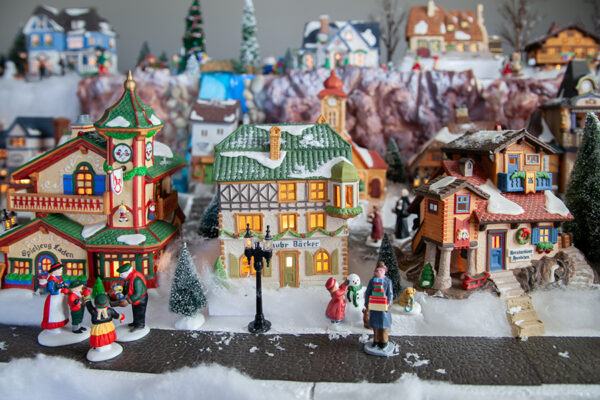Just ducky: Waddlers’ welcomed return
They waddle, together, along the sidewalks, in the grass, and among the flowers of the Memorial Garden.
Up to the doors of St. Paul, they peak inside sometimes, too. Usually they build a nest nearby, bringing their baby ducklings into the world each year.
The dear mallard ducks of St. Paul have returned this spring. No nest has been spotted yet, but the ducks offer early morning hospitality, greeting the staff and visitors who arrive as the sun is coming up.
Matt Spencer, St. Paul custodial manager and a fan of the Anas platyrhynchos visitors, sends out a periodic duck report. “I am not or do not claim to be a writer, reporter, publisher or editor – just a regular guy with just the duck facts. I am not quite certain what makes our campus an ideal bedding area for these ducks – it could be the proximity of the park pond, or it could be the quietness of the campus. Whatever the reason, they’re back.”
A few of Matt’s duck facts:
- The oldest known mallard was a male, and was at least 27 years, 7 months old.
- The quintessential duck’s quack is the sound of the female. Females give this call in a series of 2-10 quacks. The male does not quack: instead he gives a quieter, rasping one or two noted call.
- Ducklings make a soft, shrill whistle when alarmed.
- Ducks are precocial, which means that ducklings are covered with down and able to walk and leave the nest just a few hours after hatching.
- Ducks are strong fliers; migrating flocks of mallards have been estimated to travel at 55 miles per hour.
“Ducks quack me up,” Matt says.





Stella
They know it is a safe place full of compassion! Thanks Matt!
Bob and Cathy Crampton
Thank you for the information on Ducks. I did not realize that they could
live that long, and that the female is more vocal then the male.
GEORGEANN KREITER
Thank you Matt. That’s very important information. Some of the facts might come in handy for a trivia night if one participates :o)